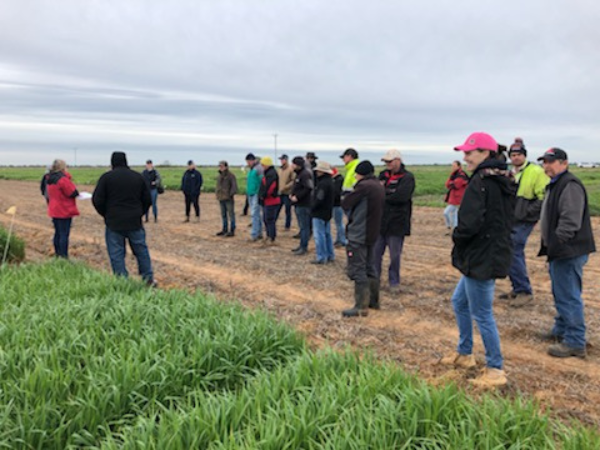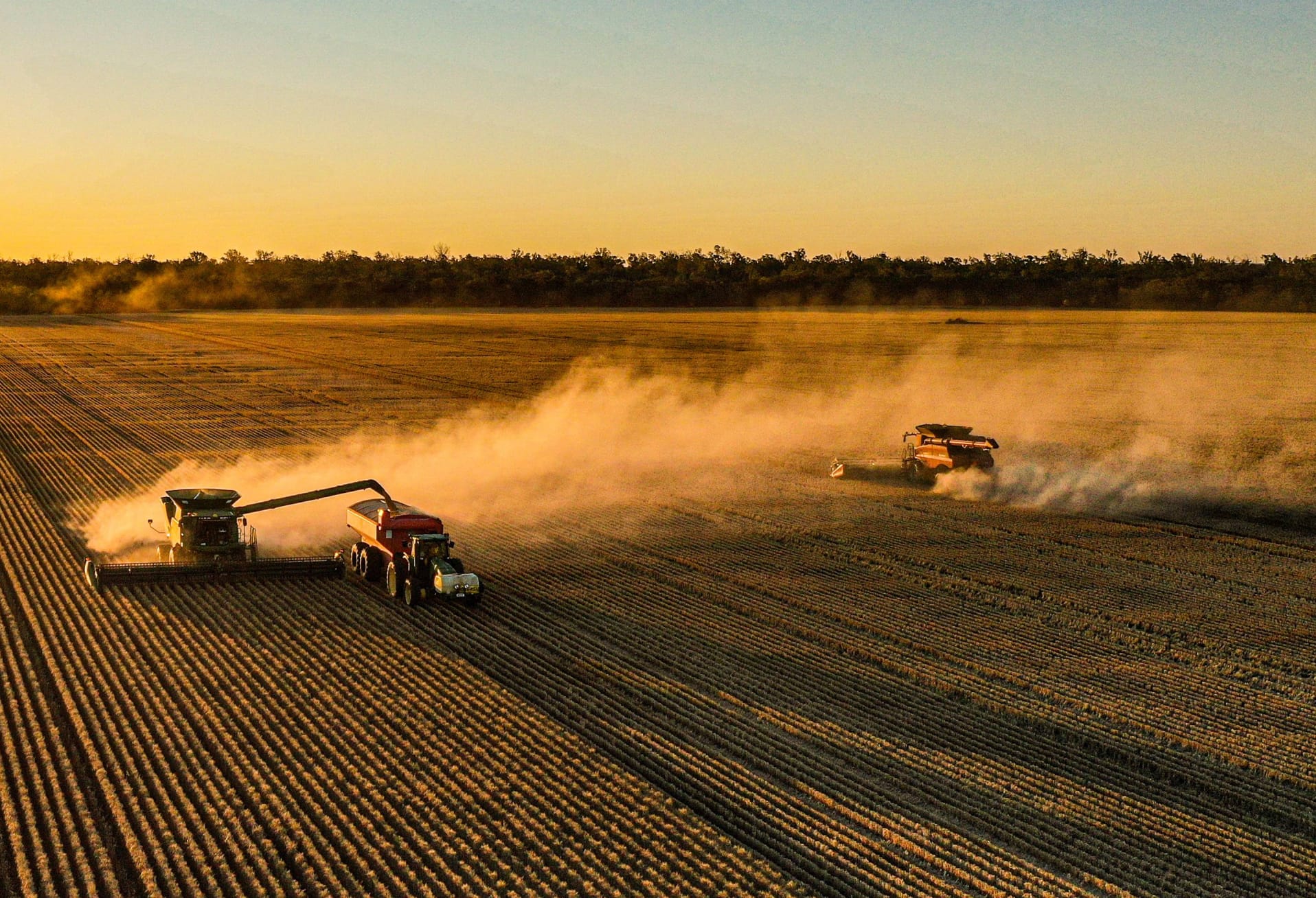With much of the Wimmera and Mallee recovering from two very dry years, cash flow is tight and crop planning and budgeting require careful consideration.
Fertiliser is one budget line item with the potential for savings, but it is important to keep sufficient flexibility in the system to realise full yield potential if 2016 is to be favorable.
For those where cash flow is tight, allocate an amount for fertiliser, and then work backwards from there to derive suitable fertiliser mixes and rates. The aim is to provide the bare minimum without compromising potential yield.
Allow for soil testing costs in the budget. Spending between $1,000 and $5,000 on soil testing can easily be recouped in fertiliser savings. Useful soil measurements are: soil moisture, nitrate, ammonium, Colwell P, and PBI and DGT-P.
Many advisors offer soil sampling as part of their suite, however you should check that the correct soil test depths are being used. For most nutrients, 0-10cm is sufficient in most soils in the southern region. Nitrogen (N) and sulphur (S), however, should be sampled to 60cm. This is due to their high mobility within soils.
If variable rate technology is available to you, 2016 would be a good opportunity to use it if you are not already doing so. A distinct soil variability such as a dune-swale systems offers itself well to apply fertiliser to specific zones.
Make sure you consider the cost per unit of nutrients, if logistically possibly money can be saved by using separate products rather than a blend. This allows you to further refine N and P to your requirements.
Many crops were cut for hay in 2015, not originally planned for the program. Remember that more nutrients are removed from the paddock than if harvested for grain and therefore such paddocks are logical choices for soil testing.
Nitrogen supply for the year should be determined by starting soil N, and yield potential throughout the season. Tools to determine yield potential estimates include gut feel and experience; French and Schultz calculations, and crop modelling with systems such as Yield Prophet®. Starting soil water should be considered when estimating yield potential.
For further information to give you a leading step into nutrition for 2016 or to book in soil sampling contact BCG on (03) 5492 2787.









